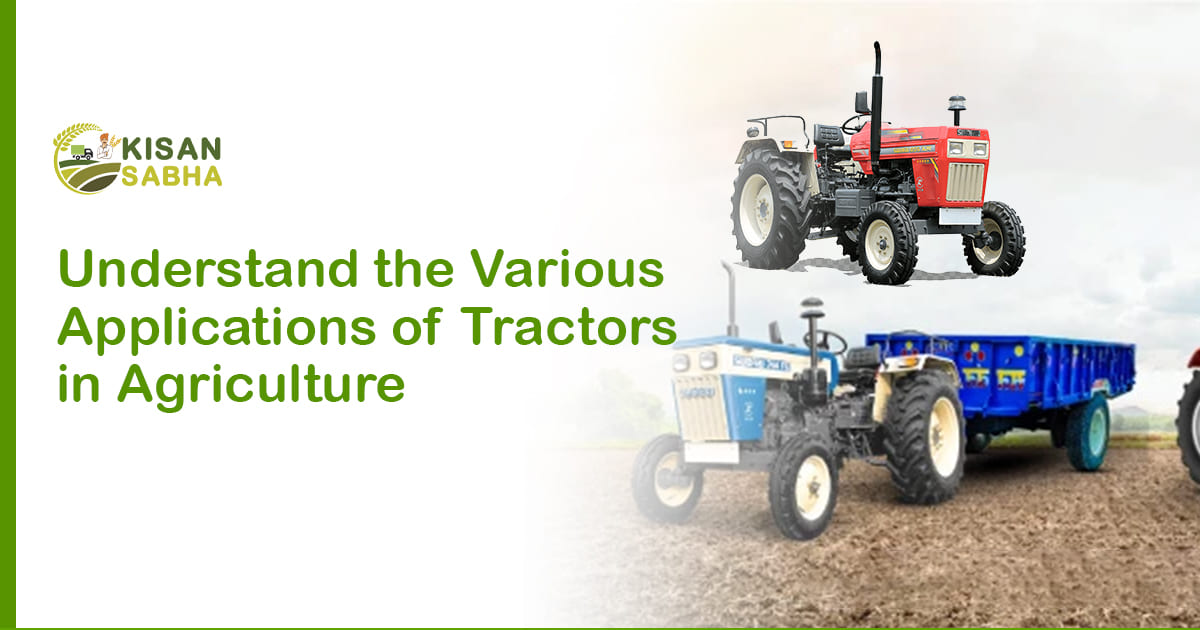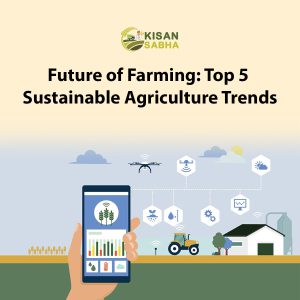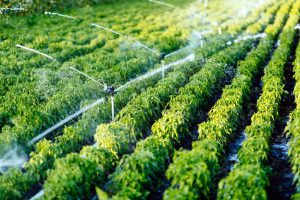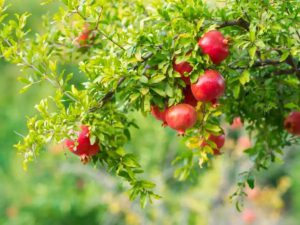Thanks to technological advancements, agriculture has come a long way in the past century. One of the most significant innovations in the agricultural industry has been the introduction of tractors. These powerful machines have revolutionized farming practices, making them more efficient, productive, and sustainable. In this article, we will explore the various applications of tractors in agriculture, showcasing their versatility and highlighting how they have transformed traditional farming methods.
Uses of a tractor
Field Preparation and Crop Cultivation
One of the primary uses of tractors in agriculture is field preparation and crop cultivation. Tractors equipped with plows, harrows, and cultivators help farmers prepare the soil for planting by breaking it up, removing weeds, and aerating it. This process promotes healthy root development, improves water infiltration, and enhances nutrient absorption. Tractors also play a crucial role in planting seeds and transplanting seedlings, ensuring precise spacing and depth, which leads to optimal crop growth.
Irrigation and Spraying
Water management is essential in agriculture, and tractors have become indispensable in this aspect. With the help of tractors, farmers can efficiently irrigate their fields, ensuring that crops receive the right amount of water at the right time. Tractor-mounted irrigation systems, such as drip irrigation or sprinklers, enable precise water distribution, conserving water resources and reducing waste. Additionally, tractors equipped with spray booms allow for accurate and timely application of fertilizers, pesticides, and herbicides, promoting crop health and reducing the risk of crop diseases and pests.
Harvesting and Post-Harvesting Operations
Tractors have significantly influenced the harvesting and post-harvesting stages of agriculture. Modern combine harvesters, which are tractor-based machines, efficiently harvest crops such as wheat, corn, and soybeans. These machines not only cut and collect the crops but also separate the grain from the chaff, reducing manual labor and increasing efficiency. Tractors are also used to transport harvested crops from the field to storage facilities or processing plants, ensuring minimal damage and maximizing freshness.
Furthermore, tractors play a vital role in post-harvesting operations, such as threshing, cleaning, and drying. Tractor-powered threshers separate grains from the harvested crops, while cleaning equipment removes impurities and foreign matter. Tractor-powered dryers effectively reduce moisture content in crops, preventing spoilage and preserving quality. These post-harvesting operations are crucial in ensuring that crops are stored and marketed effectively, minimizing losses, and maximizing profits for farmers.
Livestock Management
Tractors are not limited to crop farming; they also play a significant role in livestock management. Tractors equipped with loaders, feed mixers, and bedding spreaders assist in feeding and bedding livestock, reducing labor and ensuring efficiency. Tractor-powered mowers and hay balers aid in harvesting and baling hay, a vital feed source for cattle and other livestock. Tractors also facilitate manure management by spreading it evenly in fields, promoting soil fertility, and reducing odor.
Also Read:- Steps To Grow & Harvest Spinach Plants – Cost & Profits
Types of Tractors
In general, people associate tractors with farming because farmers use them in conjunction with other equipment to perform tasks like plowing, tilling, sowing, and harrowing. Additionally, farmers use tractors to pull or push equipment, streamlining farming operations.
Here are some examples of the different tractor types farmers use in agriculture for various tasks:
Utility Tractors
Farmers use this tractor for tasks like plowing and towing large tools. Additionally, using utility tractors can reduce the extra costs associated with buying different machinery to complete tasks.
Additionally, the power output of these multipurpose tractors ranges from 45 to 140 HP. They can therefore effortlessly pull heavy equipment like harvesters and threshers.
Compact Tractors
Compact or mini tractors best carry out the vineyard and orchard farming operations. They typically feature wide rear track widths and comfortable, adjustable seats. Farmers can use these tractors to trim trees, pick low-hanging fruit, and perform various other tasks.
Row Crop Tractors
To prevent weed growth and lessen soil pressure, farmers frequently plant their crops in rows. To accomplish tasks like plowing, leveling, harrowing, pulling seed drills, and getting rid of weeds, they use these tractors. Along with ensuring adequate row spacing, these tractors also provide comfortable driving, simple handling, and higher ground clearance.
Implement Carrier Tractors
Tractors of this type are primarily used for mounting and carrying various implements. Sprayers, drills, loaders, rotary sweepers, seed drills, and other tools are among the implements. There is also an addition between the chassis of their front and rear tyres due to the weight of the additional equipment they are carrying.
Two-wheel Tractors
These small, lightweight tractors plow, till, and tow small equipment like trailers and harvesters. Farmers and gardeners can utilize this tractor in gardens or small farms. Petrol engines power these tractors.
Garden tractors
For creating flower beds and cutting grass, garden tractors are perfect. They have a compact construction and an engine with a power range of 1 to 20 HP. The convenience of these makes them ideal for gardeners.
Conclusion
Tractors have become a cornerstone of modern agriculture, revolutionizing traditional farming practices and enhancing productivity, efficiency, and sustainability. From field preparation to crop cultivation, irrigation to spraying, harvesting to post-harvesting operations, and livestock management, tractors have numerous applications in agriculture. Their versatility and power have enabled farmers to accomplish tasks more efficiently, saving time and resources. As technology continues to advance, tractors will undoubtedly play an even more significant role in shaping the future of agriculture, ensuring a sustainable and prosperous industry for generations to come.





